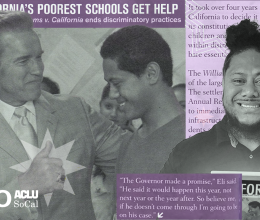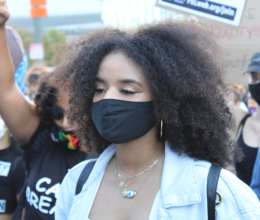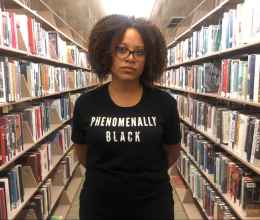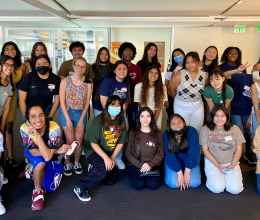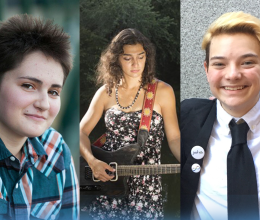
Today, the US Supreme Court reaffirmed that university admissions policies may take race into account as part of an individualized and holistic admissions process if “necessary” to create a diverse student body.
What does the decision in Fisher v. University of Texas mean for the future of affirmative action in university admissions? Not much. Universities that consider race among a variety of factors in determining admission likely won’t be affected. The reason: There is no proxy in our society for race. If schools want racially diverse student bodies, they need to take race into account.
Many analysts have argued today that universities will have to meet a higher bar, if they want to consider race in admissions. Under the Supreme Court’s 2003 decision in Grutter v. Bollinger, universities could use race as one factor in determining admissions in the interest of educational diversity so long as the admissions process does not utilize quotas or treat all members of racial groups as if they were identical. Today’s 7-1 decision toughens the standard: Universities must show that using race is essential to creating diversity.
But the Supreme Court’s fundamental approach to affirmative action has not otherwise changed. Much has been written about substitutes – like class or neighborhood – but the reality is that they have all fallen short because, simply put, race still matters in ways that no other factor of our identities does. Moreover, resorting to these claimed proxies reveals another disquieting fact about the state of our communities: We rationally speculate that zip code might be a substitute, because we know how racially segregated our cities and towns still are.
Race then pervades even supposedly race-neutral policies. The Texas program at issue in Fisher is a prime example. Under Texas’s program – called the "Top 10" – the top graduates from every high school in the state automatically gain admission to the university. Other applicants are then considered under a policy that takes numerous factors into account, including race. But as Justice Ruth Bader Ginsburg pointed out in her dissent today, the Top 10 program was crafted with race in mind.
“It is race consciousness, not blindness to race, that drives such plans,” she wrote. “[…]only an ostrich could regard the supposedly neutral alternatives as race unconscious.”
Here’s the other thing that Fisher reminds me of. The struggle over affirmative action is one that we shouldn’t be having in 2013. We wouldn’t require diversity policies, if the schools and opportunities in our society were distributed on an equitable basis. We need diversity in higher education because we need diversity in K-12 education and throughout all our institutions that are pathways to success. We are still a society of different starting lines and, in some cases, no starting lines at all. If you hear others argue differently, ask where their children attended elementary school.
We may aspire to a colorblind society. But in 2013, we still need to pay attention to race.
Mark Rosenbaum is Chief Counsel of the American Civil Liberties Union of Southern California. He argued the challenge to Proposal 2, which banned race-conscious admissions policies in Michigan.
